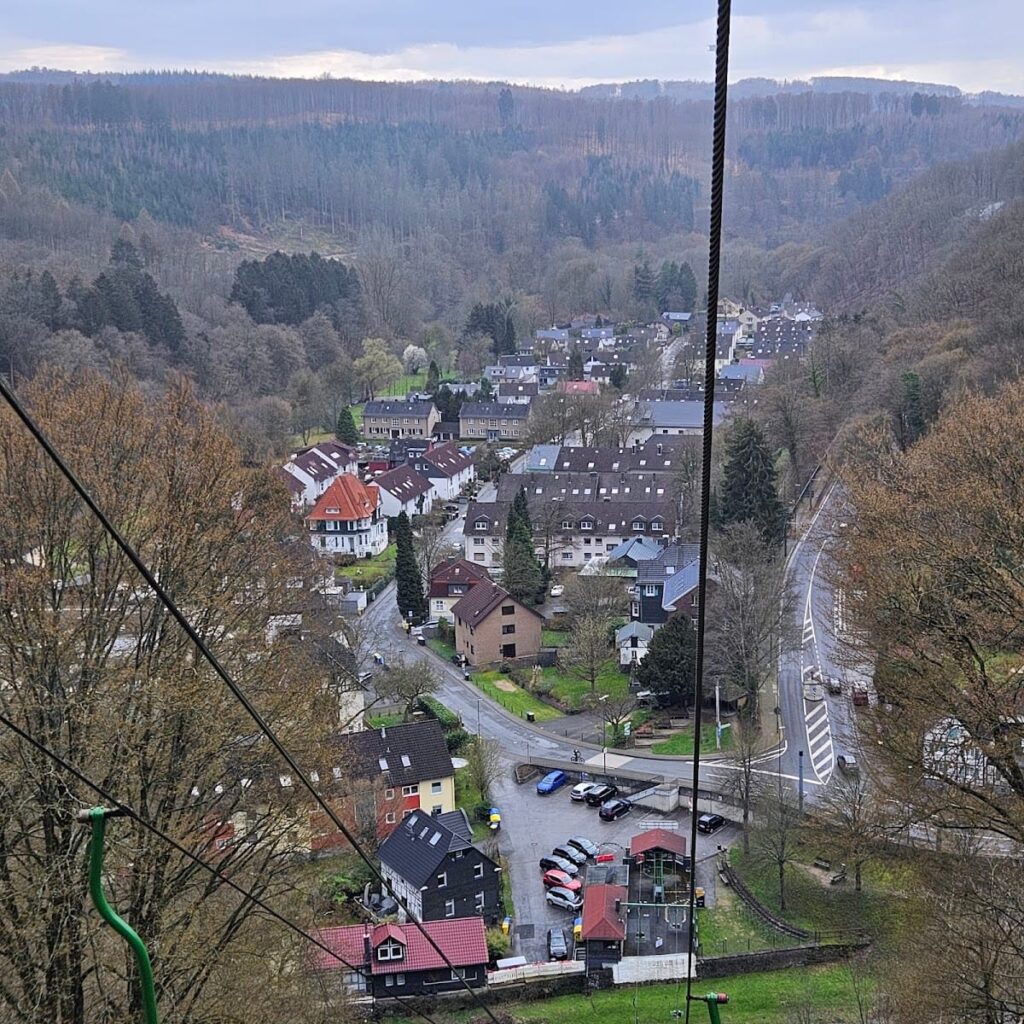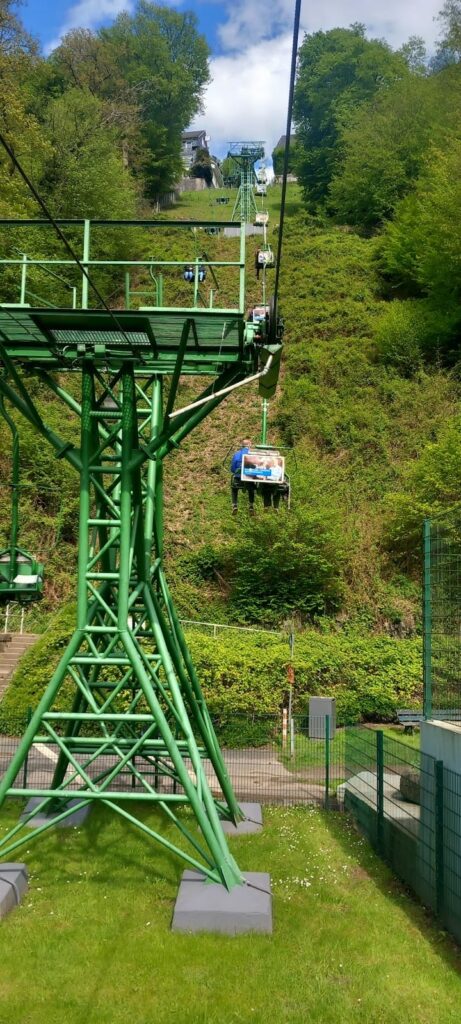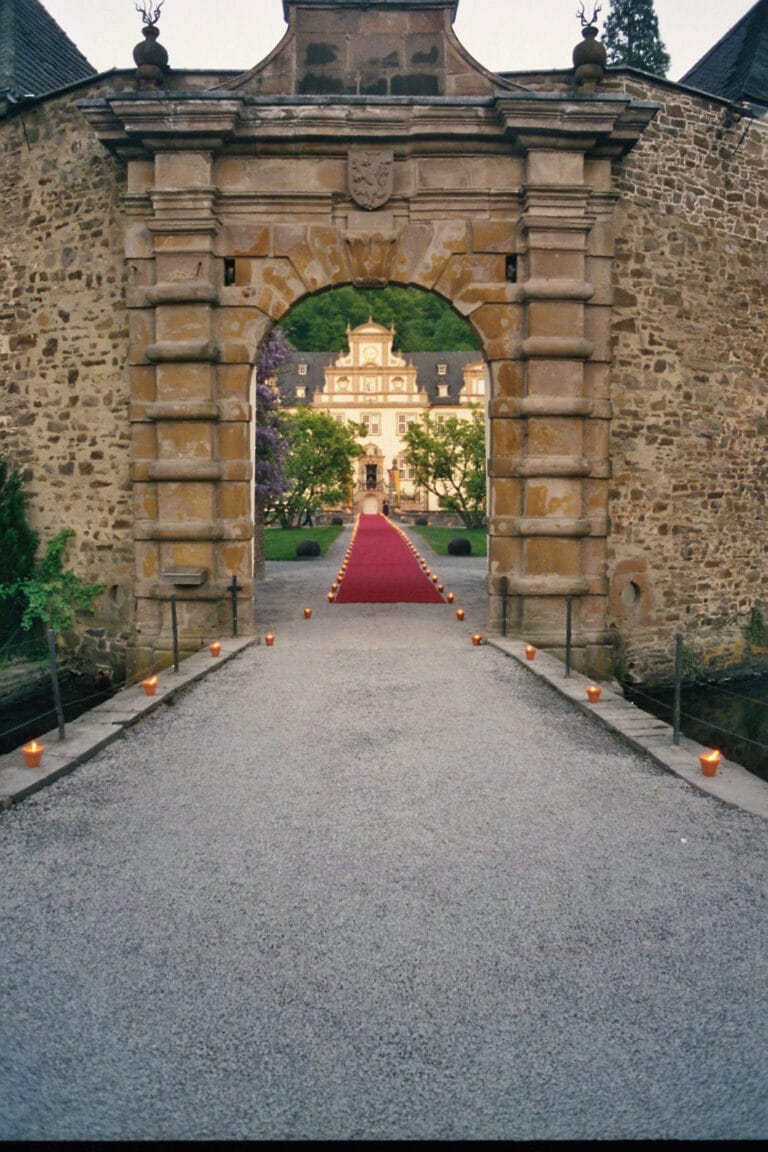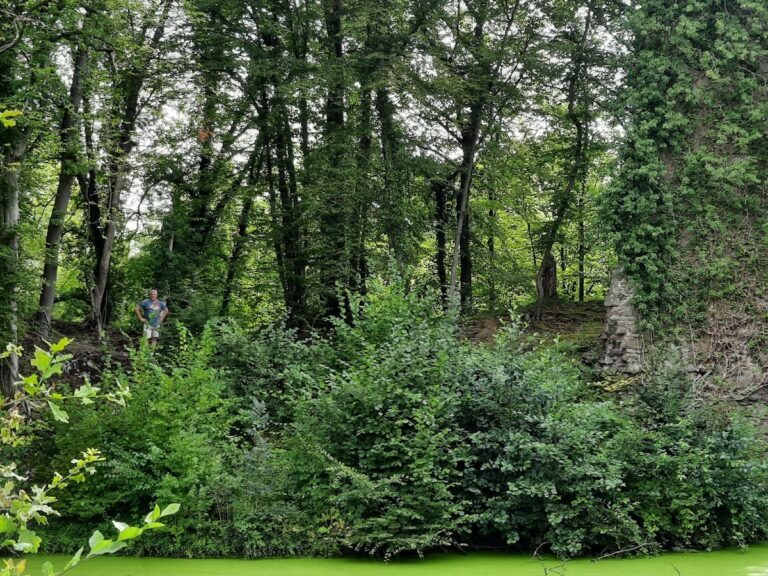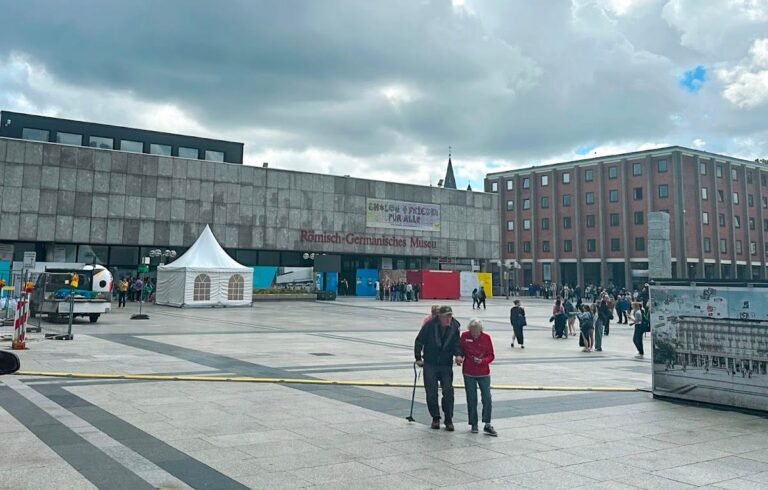Schloss Burg: A Historic Hilltop Castle in Solingen, Germany
Visitor Information
Google Rating: 4.4
Popularity: Low
Official Website: www.seilbahn-burg.de
Country: Germany
Civilization: Medieval European
Site type: Military
Remains: Castle
History
Burg Castle, located above the Wupper River in what is now Solingen, Germany, was established in the early 12th century. It was founded by Count Adolf II of Berg between 1133 and 1150 on the site of an older fortification. This new stronghold replaced the family’s previous seat at Burg Berge near Altenberg. Initially named “Neuenburg,” meaning “new castle,” it became the ancestral home of the Counts and later Dukes of Berg.
During the High Middle Ages, the castle grew in importance, especially under Archbishop Engelbert II of Cologne, who ruled from 1218 to 1225. He expanded the castle by adding a large two-story hall building, a chapel, and stronger fortifications. These improvements made the castle a center for political power and courtly life in the region.
In the late 13th century, Schloss Burg played a role in significant historical events. After the Battle of Worringen in 1288, Archbishop Siegfried von Westerburg was imprisoned there. Later, in 1496, the castle was connected to the dynastic union of Jülich-Cleves-Berg through the marriage of Maria of Jülich-Berg, linking important noble families.
From the late 14th century onward, the castle’s status declined as the Counts of Berg were elevated to Dukes and moved their main residence to Düsseldorf. Schloss Burg was then mainly used as a hunting lodge and for administrative purposes rather than as a primary ducal seat.
The castle suffered damage during the Thirty Years’ War. In 1632, Swedish troops besieged it, and in 1648, imperial forces partially demolished parts of the structure. Over the following centuries, the castle fell into ruin. By the 19th century, it was repurposed for industrial uses, including a blanket factory and a school. In 1849, it was sold with plans for demolition.
Efforts to preserve the castle began in 1887 when a preservation association was founded under Julius Schumacher. Architect Gerhard August Fischer led a reconstruction campaign that lasted from 1890 to 1914, though work was interrupted by financial difficulties and the outbreak of World War I.
A major fire in 1920 destroyed much of the castle and its museum collection. Restoration took place between 1922 and 1925. After World War II, further repairs and additions were made, including the establishment of the Memorial of the German East in 1951 within the castle’s battery tower.
Archaeological excavations in 2005 uncovered parts of the original 12th-century foundations of the main hall building and found medieval ceramics and bones. These discoveries provided valuable insights into the castle’s early history and the diet of its inhabitants.
Today, Schloss Burg is a protected monument owned by the cities of Solingen, Remscheid, and Wuppertal. It serves as a museum, cultural venue, and memorial site.
Remains
Schloss Burg is a large hilltop castle built on a rocky spur about 100 meters above the Wupper River. It is surrounded by steep cliffs on three sides, with access from the east protected by multiple moats and a wide, multi-story shield wall measuring 17 meters across.
The core of the castle includes the Palas, or main hall building, which is two stories tall and covers roughly 700 square meters. It features a six-axial hall, a chapel wing built in the late 19th century in neo-Gothic style, and a connecting chamber called the Kemenate. The building displays a mix of late Gothic and Romanesque revival windows, a freestanding staircase with arcades, and decorative statues and heraldic symbols.
The Bergfried, or keep, has foundations dating back to the 12th century. The reconstructed tower stands about 32 meters high with six floors. It features Romanesque-style twin windows and a flat hipped roof. A covered wooden bridge connects it to the shield wall, and the tower offers panoramic views of the surrounding landscape.
The shield wall was rebuilt between 1888 and 1902. It includes a projecting battlement walkway and an external latrine known as the Heymlich Gemach. This wall served as a key defensive structure protecting the castle’s eastern approach.
The Diebsturm, or prison tower, is octagonal with a vaulted medieval ground floor and two upper floors added in the 15th century. It is topped by an eight-sided roof.
The outer gate, called the Zwingertor, has a pointed arch passage with a defensive machicolation—a stone opening through which defenders could attack invaders. It connects to the Pferdestall, a two-story half-timbered building designed by Fischer. This building housed stables on the lower floor and living quarters above, intended as a residence for the German Emperor.
Near the castle stands the former Johanniterkirche, or St. Martinus Church, dating to the late 12th century. It features a Romanesque east choir and an octagonal bell tower covered with slate shingles. Inside are medieval marble columns and stained glass windows depicting religious scenes and a stylized astronaut.
The Batterieturm, a massive round tower with walls four meters thick, has a slightly vaulted parapet and a conical slate roof. Since 1951, it houses the Memorial of the German East, including a stone sculpture group commemorating refugees.
Inside the castle, notable rooms include the Ahnensaal, or ancestral hall, which displays a genealogical mural. The Rittersaal, or knights’ hall, measures 22 by 13 meters and features Gothic-style window niches and frescoes depicting regional history. The Kemenate has wood flooring and murals illustrating courtly life. The neo-Gothic chapel contains Jugendstil murals and a large wooden statue of Archangel Michael.
The castle’s buildings are mainly constructed from local graywacke rubble stone, with finer stone used for window and door frames. Most roofs are covered with slate, and some structures include decorative half-timbering.
The grounds feature a historic lime tree known as the Kaiserlinde and several protected trees. A network of paths connects the castle to the surrounding forest and nearby parks.
Access to the castle is through a large double gate on the southeast side. Since 1952, a cable car links the castle to the lower town.
The Bergisches Museum occupies several rooms within the Palas and Bergfried. It displays medieval weapons, regional artifacts, tapestries, and furniture, including a 16th-century wooden statue of Saint Adrianus and a 13th-century ivory casket decorated with Arabesque patterns.
The castle complex also includes spaces for cultural events, artisan shops, and a restaurant located in the Palas.

